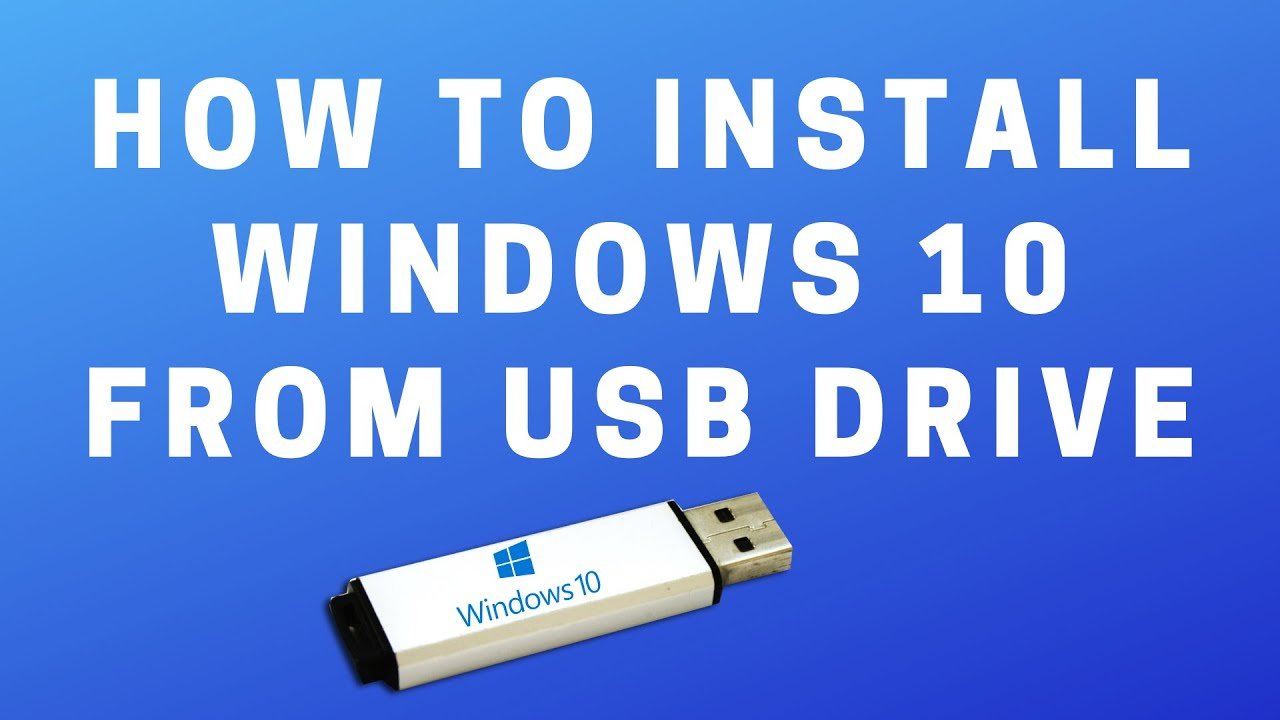
In BIOS settings of the ThinkPad there’s a Startup section with option to set boot priority order. On HP laptops for instance, you enter BIOS by pressing the F9 key. For instance, on our old Lenovo ThinkPad X200 laptop we used for this how-to guide, you enter BIOS by holding the F1 keyboard key right after power on. Entering BIOS and changing its settings differs depending on a PC model, but it is similar on all computers. Once you have a Flash drive with Windows 10 setup on it, you have to boot your computer with it.īefore hitting the power button to turn on your PC, make sure the Flash drive is inserted in one of USB ports and that booting via USB is enabled in BIOS settings of your machine. The same guide applies to installation via a bootable DVD. In this post, we’ll describe how to perform a clean Windows 10 installation using a bootable USB Flash drive.


In that case, you’ll have to pay for Windows 10 activation, whereas for owners of Windows 7 and 8.1 machines activation is free of charge.

A clean install is a must if you’re running any operating system such as Windows XP or Vista or you have a laptop with no OS. However, if you want to install Windows 10 on an empty partition of your hard drive or solid state drive, you’ll have to perform a “clean” install using bootable USB Flash drive or DVD media. The simplest way to install Windows 10 OS on your laptop, tablet, or other PC is to upgrade your existing Windows 7 or 8.1 using an upgrade process via Windows Update service.


 0 kommentar(er)
0 kommentar(er)
